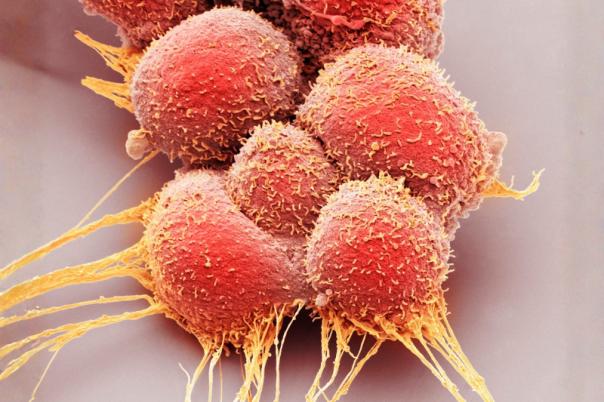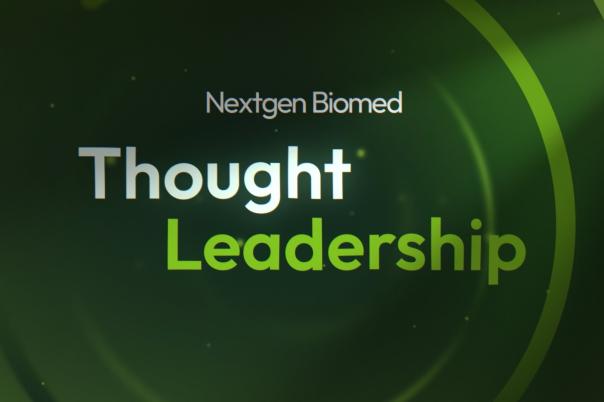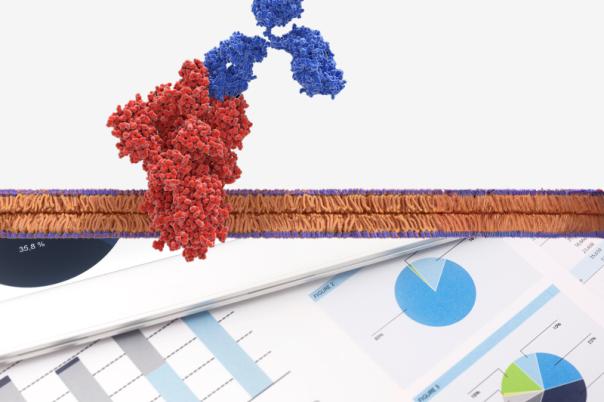This model marks a critical advancement in drug discovery; it predicts how well drugs bind to protein targets at remarkable levels of speed and accuracy. The research group stated that this deep learning model is on par with intensive physics-based simulations accuracy-wise and runs over 1,000 times faster.
Boltz-2 builds on its predecessor, Boltz-1, and other models like AlphaFold. AlphaFold can predict the 3D structure of proteins but was unable to predict how strongly the two molecules could bind together. Boltz-2 addresses this shortcoming: the AI model can predict binding strength across several benchmarks with excellent accuracy which could slash costs and time of early-stage screening.
Making the most of the partnership with Recursion, the model was trained and validated using Recursion’s high-performance NVIDIA supercomputer. The training regimen leveraged a diverse and extensive dataset, combining molecular dynamics simulations, and approximately 5 million binding affinity assay measurements. As a result, the model can predict complex molecular structures and their binding affinities.
Gabriele Corso, an MIT Ph.D. student and one of the lead researchers said: “This performance increase makes Boltz-2 not just a research tool, but a practical engine for real-world drug development.”
He continued: “Instead of spending hours simulating the interaction between a single molecule and its target, scientists can now screen vast chemical libraries within the same time frame, enabling early-stage teams to prioritize only the most promising compounds for lab testing.”
Boltz-2 has officially launched and is available as open-source software under the MIT license. The broad availability of this tool aligns with a drive within AI and pharma communities to democratise essential technology for advancing drug discovery and development.








